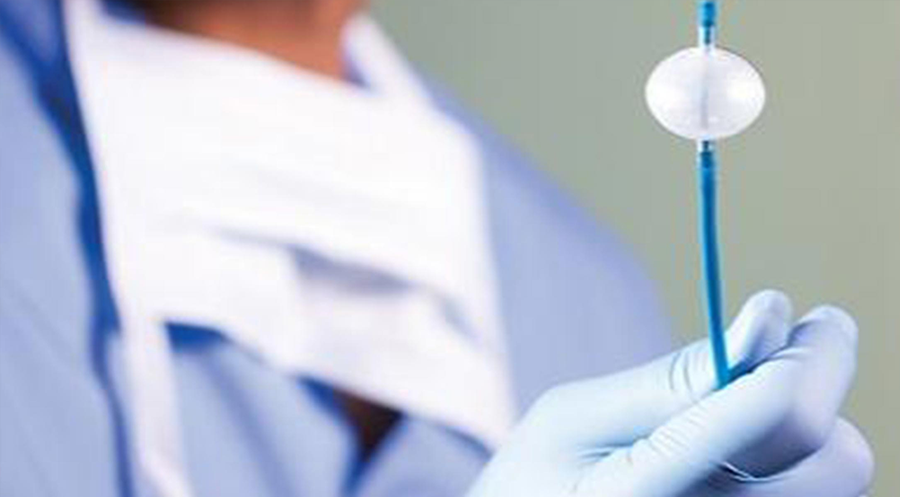First-line cryoablation for initial treatment of atrial fibrillation can improve both quality of life and symptoms compared with antiarrhythmic drug therapy
Recent findings published in The New England Journal of Medicine, highlight the success of the CANet-funded project, ‘Early Invasive vs. Delayed Intervention for Atrial Fibrillation (EARLY-AF).’ Outcomes indicate that cryoballoon ablation was associated with significant improvement over antiarrhythmic drugs as a first-line intervention in preventing atrial fibrillation (AF) events.
EARLY-AF is one of several CANet-funded projects aimed at reducing AF-related emergency department visits and hospitalizations in Canada.
Centering on evaluating the impact of the early invasive management of atrial fibrillation (AF), the EARLY-AF pan-Canadian study included 303 patients with treatment-naive, symptomatic AF who were randomly assigned early surgical intervention (first-line ablation) or an antiarrhythmic drug.
EARLY-AF used implantable loop recorders to monitor for atrial arrhythmia in both groups, who were enrolled a median of 1 year after diagnosis.
The first-line cryoballoon ablation procedure uses a radiofrequency transseptal needle, made by Baylis Medical, and a cryoballoon ablation catheter, made by Medtronic, to destroy tiny areas in the heart that cause rapid and irregular heartbeats.
“The key results of the study highlight that an early, first-line ablation approach, was associated with a significant reduction in all arrhythmia endpoints,” said CANet Investigator Dr. Jason Andrade, Vancouver General Hospital, Vancouver, Canada. “Specifically, we observed reductions in the presence of any atrial tachyarrhythmia or atrial fibrillation, symptomatic atrial tachyarrhythmia or atrial fibrillation, and the overall burden of atrial fibrillation.”
At 1 year, a recurrence of atrial tachyarrhythmia had occurred in 66 of 154 patients (42.9%) assigned to undergo ablation and in 101 of 149 patients (67.8%) assigned to receive antiarrhythmic drugs (hazard ratio, 0.48; 95% confidence interval [CI], 0.35 to 0.66; P<0.001).
Symptomatic atrial tachyarrhythmia had recurred in 11.0% of the patients who underwent ablation and in 26.2% of those who received antiarrhythmic drugs (hazard ratio, 0.39; 95% CI, 0.22 to 0.68).
The median percentage of time in atrial fibrillation was 0% (interquartile range, 0 to 0.08) with ablation and 0.13% (interquartile range, 0 to 1.60) with antiarrhythmic drugs.
Results indicate that among patients receiving initial treatment for symptomatic, paroxysmal atrial fibrillation, there was a significantly lower rate of atrial fibrillation recurrence with catheter cryoballoon ablation than with antiarrhythmic drug therapy, as assessed by continuous cardiac rhythm monitoring.
“While we observed a significant reduction in the overall burden, or time spent in atrial fibrillation, as well as a significant reduction of the number of days with any atrial fibrillation recorded,” Dr. Andrade explained, “to patients, the important outcome is symptomatic recurrences. In that regard we observed that patients treated with ablation were more likely to be asymptomatic, and achieved a significantly greater improvement in quality of life.”
In summary, the EARLY-AF study demonstrates that first-line cryoablation for initial treatment of AF can improve both quality of life and symptoms compared with antiarrhythmic drug therapy.
“If we apply the same standard to the interpretation of the evidence, I think we can confidently say that the first-line ablation is a reasonable treatment strategy for appropriate patients,” argued Dr. Andrade.

